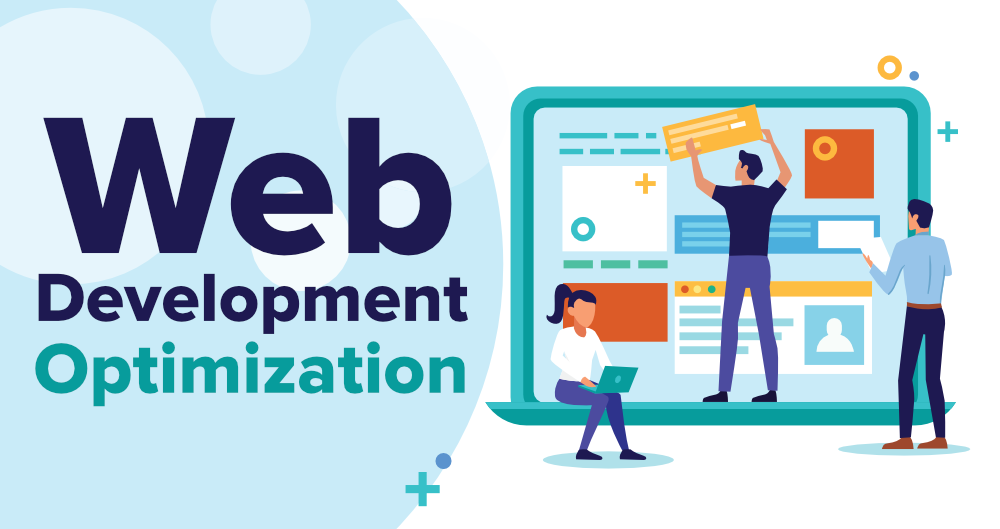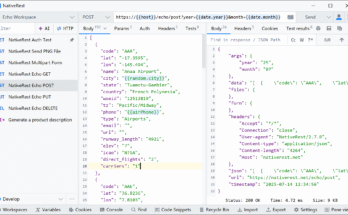Are you looking to optimize your website for better performance? If so, you have come to the right place! In this blog post, we will discuss tips that will help you improve your website’s speed and usability. By following these tips, you will be able to create a website that is both fast and user-friendly. So without further ado, let’s get started!
Want to know more about Web development? Learn more here.
Tips to improve your website’s speed and usability
As a website developer, there are certain things you can do to optimize your website. Here are tips to help you get started:
Develop a plan: Before you even start coding your website, it is important to have a plan in place. This will help you determine what features and functionality you need to include.
Choose the right platform: There are many different web development platforms out there. It is important to choose the one that is best suited for your project.
Optimize your code: Once you have your website up and running, take some time to optimize your code. This will help improve its performance and make it more responsive.
Test thoroughly: Be sure to test your website thoroughly before launching it. This will help ensure that there are no errors or bugs.
Monitor your website: Once your website is live, it is important to monitor it closely. This will help you identify any potential problems and fix them quickly.
What are the six main activities in site design?
There are six main activities in site design: content, usability, web standards, design, performance, and security. By understanding and considering these activities during the development process, you can create a website that is both user-friendly and efficient.
Content is the most important aspect of any website. It is what users will come to your site for and it should be well written, informative, and engaging. Usability is also important; your site should be easy to navigate and use.
Web standards are essential for ensuring your site is accessible to all users and devices. Design should be clean and professional, while performance must be fast and reliable.
Finally, security must be taken into consideration to protect both your visitors’ data and your own information.
What is the process of Web development?
Web development is the process of creating a website. It involves planning, designing, coding, testing, and maintaining the website. The process can be divided into three phases: pre-production, production, and post-production.
Production phase includes activities such as designing the user interface, developing the functionality of the web application, and testing it for bugs and errors. This phase also includes deploying the website application on a server so that it can be accessed by users.
- Planning and research are essential in the pre-production phase. This will help you determine the scope of the project and identify the target audience.
- Keep the design simple and user-friendly. The user interface should be easy to navigate and use.
- Developing functionality should be given priority over aesthetics. The focus should be on creating a website application that is easy to use and has all the features that users need.
- Testing is essential in the production phase. This will help you identify any bugs or errors so that they can be fixed before the web application is deployed.
- Maintaining the web application is important in the post-production phase. This includes making changes or upgrades based on user feedback and monitoring the performance of the website or web application. Troubleshooting any issues that may arise is also crucial in this phase.
In the end
In conclusion, following these ten tips will help you develop a faster, more efficient website. Optimizing your website can seem like a daunting task, but it is worth the effort in order to improve your online presence. With a little time and effort, you can make your website run like a well-oiled machine.




